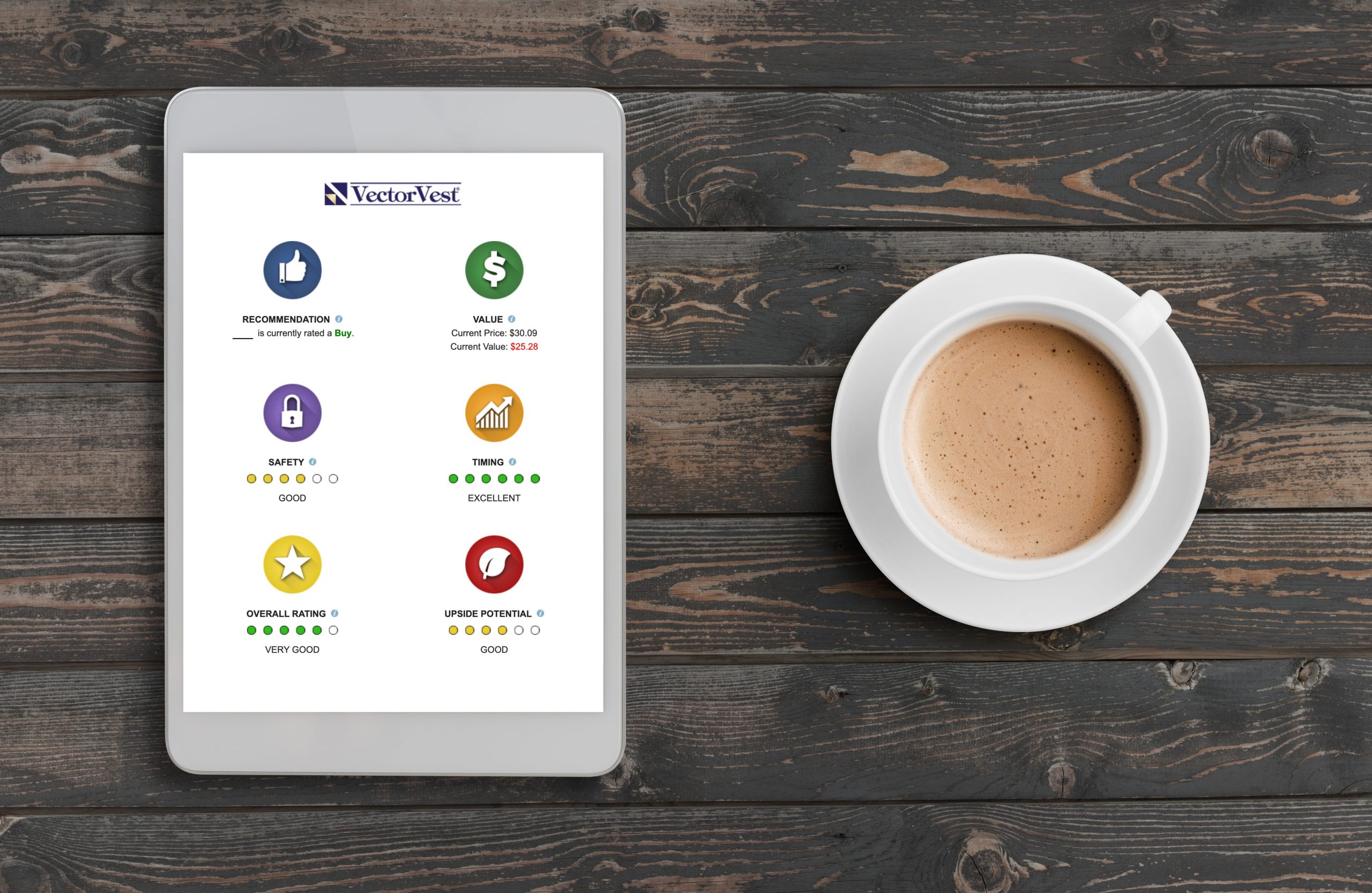by Leslie N. Masonson, MBA
Investing in the markets scares many individuals because of the emotional and financial devastation and frequency of corrections and bear markets. For example, since 2000 there have been two instances of bear markets: 49% and 56% decline during March 2000 to October 2002, and from October 2007 to March 2009, respectively. Other declines of 20% along the way occurred in 2011, 2018, and 2020.
Stock brokers are sales people who offer minimal advice other than buy-and-holding stocks, mutual funds, or more recently, ETFs. Therefore, they cannot be counted on to steer you away from any of those intermittent losses. And sometimes, even using the popular 60%/40% split between stocks vs. bonds does not help, as was the case in 2022, when the S&P 500 declined 18.3% and long bonds fell 39.2%.
So how does an individual invest wisely without fear? The first step is to assess your own unique situation. Key factors to consider and the ones you need to answer before investing one dollar are as follows:
- Income and amount of cash available for investments — – make sure you have a suitable cash cushion for living expenses and contingencies.
- Investment time horizon in years– younger investors can take more risk and invest for growth, as they have time on their side.
- Investing in regular and/or retirement account with consideration as to how much income and growth you are looking to achieve
- Amount of money available for each account
- Risk tolerance for each account – it may be different based on how conservative or aggressive you want to be in each account
- Amount of portfolio diversification required
- Ability to develop and follow your investment rules or find a timed-tested rules-based investment process like VectorVest that suites your personality
- Choice of passive and active ETFs — the latter usually have higher expense ratios and over 90% won’t beat their benchmark over 20 years.
- Ability to eliminate or minimize emotional investment decision-making
Possible portfolio configurations to consider:
- Conservative – 25% stocks, 65% bonds, 10% cash
- Moderate – 40% stocks, 60% bonds
- Aggressive – 80% stocks, 20% bonds
- Very aggressive—100% stocks
Of course, the choice is up to you and can deviate from these three examples. However, above all, you must understand that risk and return are joined at the hip, as mentioned by William J. Bernstein, in his latest edition of The Four Pillars of Investing that I just reviewed on Amazon.
Therefore, you have to decide on how much risk you are willing to take in your accounts which translates into how much of a market drawdown – percent loss on down moves – you comfortable with. For example, if you do not want drawdowns exceeding 5%, then you should probably be in money market accounts or CDs.
VestorVest Investing Strategy Options
You may prefer to be a buy-and-hold investor and not bother with your portfolio once it is set up, except for possible periodic rebalancing. The buy-and-hold strategy was covered in my last article titled “Using ETFs for Buy-and-Hold Investing” in the VectorVest Blog posted on September 2. Check it out.
For those investors who are self-directed with their own investments, VectorVest offers a straight-forward and time-tested approach based on the use of market timing to guide you as to when to be in or out of the market.
If you are a subscriber, then you have many ETF UniSearch choices under the “ETF” tab available such as “High AvVol ETFs”, “Best Performing ETFs-C/Up”, and “Buying Contra ETFs.”.
Another source of ETFs is the “ETF Viewer”, which tracks 1881 ETFs and ranks the top RT candidates with “Buy” signals. Non-subscribers should take advantage of the 30-day trial to familiarize themselves with the platform’s powerful features and portfolios available with a few mouse clicks.
Glenn E. Tompkins Jr. provided a very useful Special Presentation on September 1 titled, “Creating a Winning Portfolio with Top VST Newbies”, using the Top VST Newbies UniSearch Strategy (under the Strategies – Prudent heading) that he back-tested from pre-Covid period January 2, 2019 through August 31, 202. Over this period, the portfolio had an annual rate of return of 22.3% with a maximum drawdown of 11.4%, a truly amazing performance during a turbulent market environment.
You can adapt the same strategy for ETFs by changing a few lines of this strategy code. Just eliminate both the Stock Exchange parameter line and the Stock Industry Group line and replace them with the following single line:
Date/Time Parameter Operator Value
Time of Search Stock Sector = ETFs
You may have to change the two “Top 20 by VST” lines to Top 50 or Top 100, if no ETFs show up with that very restrictive Top 20 criteria.
Conservative Investors can use the Daily Color Guard with the Confirmed Call timer to select ETFs that are dividend paying, for example. Go to ETF Viewer and sort the DY (dividend yield) column from high to low and the top dividend payers come to the top of the screen. Then review the VST, RT, trading volume, and the Recommendation of Buy, Sell or Hold to make your decision.
Aggressive Investors can check out the “Trading System Viewer”, which provides two ETF strategies to use during declining markets, when both the Daily Color Guard and the Timing Signal are on a “Sell” signals. Those two strategies are the “High Average Volume Contra ETFs” and “Buying Contra ETFs”.
No matter which strategies you select, develop written rules and follow them. Also, determine ahead of time your stop criteria to protect principal against a large loss, and make sure to place the order GTC right after you make the purchase. Investors need to spend the time reviewing their personal factors mentioned above, and then match them to strategies that meets their needs. VectorVest then does the rest and provides the timing and metrics.
As Richard Dennis, the famous systematic rules-based Turtle Trader once said: “I always say that you could publish trading rules in the newspaper and no one would follow them. The key is consistency and discipline. Almost anybody can make up a list of rules that are 80 percent as good as what we taught people. What they couldn’t do is give them the confidence to stick to those rules even when things are going bad.” A word to the wise is sufficient. Follow your rules, and of course back-test them before exposing your capital to the market.
Want These Types of Insights at Your Fingertips so You Can Win More Trades?
Use VectorVest to Analyze any stock free. VectorVest is the only stock analysis tool and portfolio management system that analyzes, ranks and graphs over 18,000 stocks each day for value, safety, and timing and gives a clear buy, sell or hold rating on every stock, every day.
Before you invest, check VectorVest! Click here to ANALYZE ANY STOCK FREE and see our system in action!
What you should do next…
- Get our latest blogs delivered right to your inbox, subscribe to our newsletter.
- The market moves fast! Get our most current evaluation of this stock with our FREE stock analysis tool.
- Looking for stock picks? Not sure if now is the right time to buy/sell? For a limited time, enjoy the full benefits of a 30-day subscription to VectorVest for only $0.99 (usually up to $148/month) . Get access to our full list of screeners showcasing our top stock picks that tell you exactly what to buy, when to buy, and when to sell.











Leave A Comment